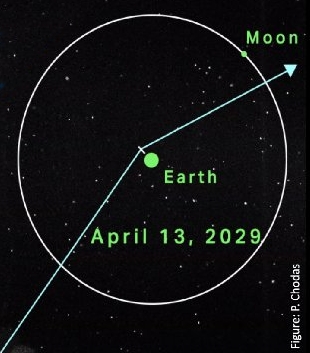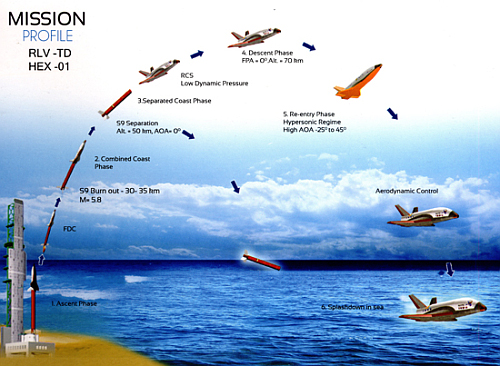SpaceX successfully launches 49 Starlink satellites and a D-Orbit space tug
SpaceX today successfully used its Falcon 9 rocket to launch 49 Starlink satellites as well as a D-Orbit space tug carrying one of its own customer’s satellites from Vandenberg Space Force Base in California.
The first stage successfully completed its seventh flight, landing on a drone ship in the Pacific. The D-Orbit tug with its four payloads has also successfully deployed.
The 2023 launch race:
7 SpaceX
5 China
1 Rocket Lab
1 Japan
American private enterprise leads China 8 to 5 in the national rankings, and the entire world combined 8 to 6.
SpaceX today successfully used its Falcon 9 rocket to launch 49 Starlink satellites as well as a D-Orbit space tug carrying one of its own customer’s satellites from Vandenberg Space Force Base in California.
The first stage successfully completed its seventh flight, landing on a drone ship in the Pacific. The D-Orbit tug with its four payloads has also successfully deployed.
The 2023 launch race:
7 SpaceX
5 China
1 Rocket Lab
1 Japan
American private enterprise leads China 8 to 5 in the national rankings, and the entire world combined 8 to 6.













